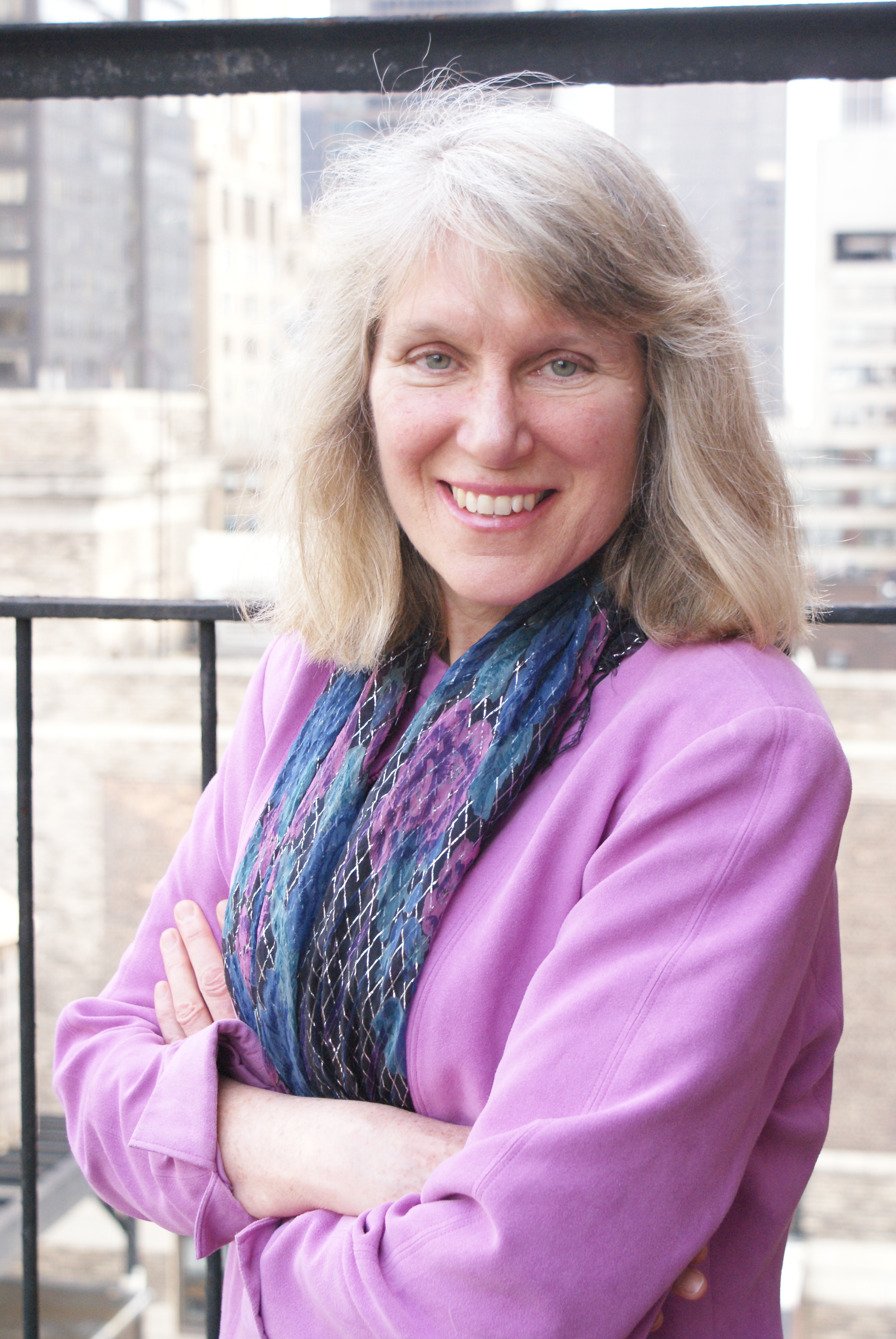Catherine Bobenhausen, CIH, CSP, LEED AP BD+C, Senior Industrial Hygienist at Vidaris, Inc., will be speaking at Living Future 2017 in Seattle, Washington on May 19th. Known as the leading event for regenerative design, Catherine will be joining Susan Kaplan of HLW, Lisa Britton of Industrial Louvers and Joel Todd of HPDC in a session that discusses the hot topic of material health. The below interview was crafted for/by Living Future 2017, and can be viewed here.
Living Future unConference Session: (Friday, May 19 • 1:30pm – 3:00pm)
Getting Over Ourselves: Aligning and Pushing Forward
Can you introduce yourself to the Living Future Community?
Yes, I’m a Certified Industrial Hygienist, and I’ve done health & safety detective work in the most unusual of places. There are the usual suspects: offices, medical clinics, universities, residences, manufacturing facilities and chemical plants. However I’ve also been spotted doing audits at scrap metal and electronics recycling facilities, monitoring fenceline air quality at landfills and Superfund sites, measuring bioaerosols over sewage treatment tanks, and even checking air quality under manholes in the street.
What an industrial hygienist does is ask a lot of questions about materials, operations, processes and conditions, and then come up with strategies to control hazards. I use this field experience as well as a graduate degree in toxicology to inform my material health assessment work for architects and owners. I’m an Authorized GreenScreen Practitioner, and Senior Industrial Hygienist in the Advanced Materials Research team at Vidaris, Inc. in New York City, a niche firm specializing in consulting for high-performance buildings.
What drives you to do the work that you do?
I thrive when surrounded by people of excellence and integrity, who push me to aim higher, and answer questions as clearly and comprehensively as I can. This is an exciting year for this practice, and ILFI is a big part of it. There are many conversations happening, much trust, much sharing, much progress. Because we are different from each other, we learn more.
Tell us about your session at Living Future? Why should people attend and what can they expect to take away?
It’s designed to challenge participants, foster mutual respect and dialog, change the way we interact with each other, and push us out of our comfort zones – expanding the range of a typical project team. Each of us offer different views based on our vantage points: Lisa Britton of Industrial Louvers, pursuing Living Product Challenge; Susan Kaplan, specifier at HLW and visionary mentor to dozens of college design students in NYC, Joel Todd, Technical Director at Health Product Declaration Collaborative, and me. We hope to provoke debate, question priorities, and reframe ideas related to material health.
What has your work with Vidaris, Inc. taught you about the importance of sustainability in buildings and/or products?
I’m fortunate to work with professionals with significant depth in sustainability, as well as proficiency in identifying and solving complex problems related to specification and use of building products. We are working steadily in the field of incremental optimization, establishing guideposts each step of the way. Vidaris also has a large team of field inspectors who observe how building products perform and are knowledgeable about durability, performance, and product failure. We learn from their experience.
Who is someone that you believe represents Genius and Courage? Why?
Lauren Heine, PhD, Executive Director of Northwest Green Chemistry: she is a systemic change agent in defense of human and environmental health. Her work is rigorous and yet, the result is understandable for the rest of us. She is a co-author of GreenScreen for Safer Chemicals. GreenScreen is a work of genius, distilling complex research and analysis into simple guidance, towards use of inherently safer chemicals. Cited by the National Academy of Sciences’ “Framework to Guide Selection of Chemical Alternatives”, GreenScreen is used by corporations to reduce chemical hazards from the outset. It’s used in California’s Safer Consumer Products regulations, in the Health Product Declaration open standard, in LEEDv4, in Google’s Healthy Materials Program, by Steelcase, Roxul, Valspar, Apple, Hewlett-Packard, and others. It is internationally-aligned and freely available to the public.










